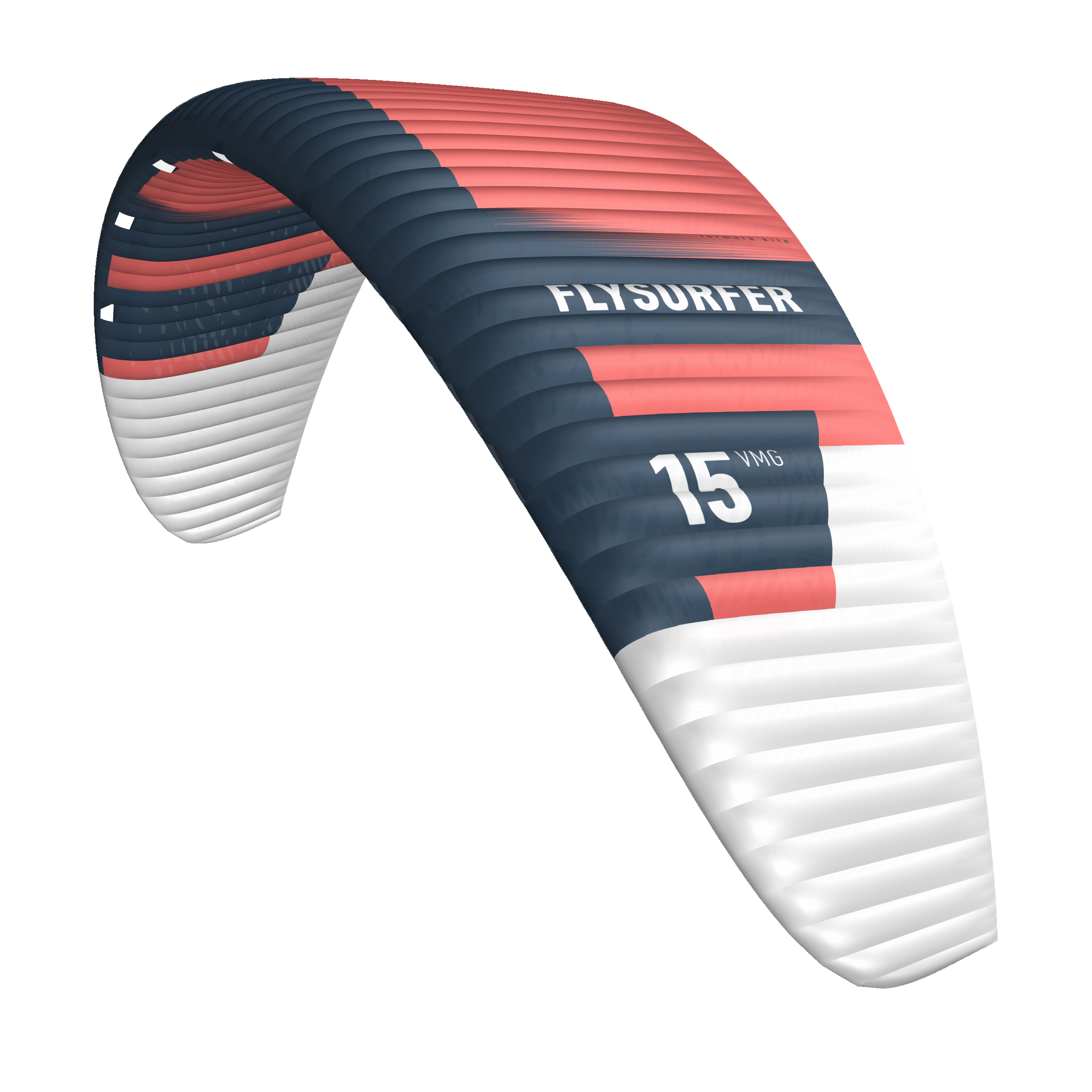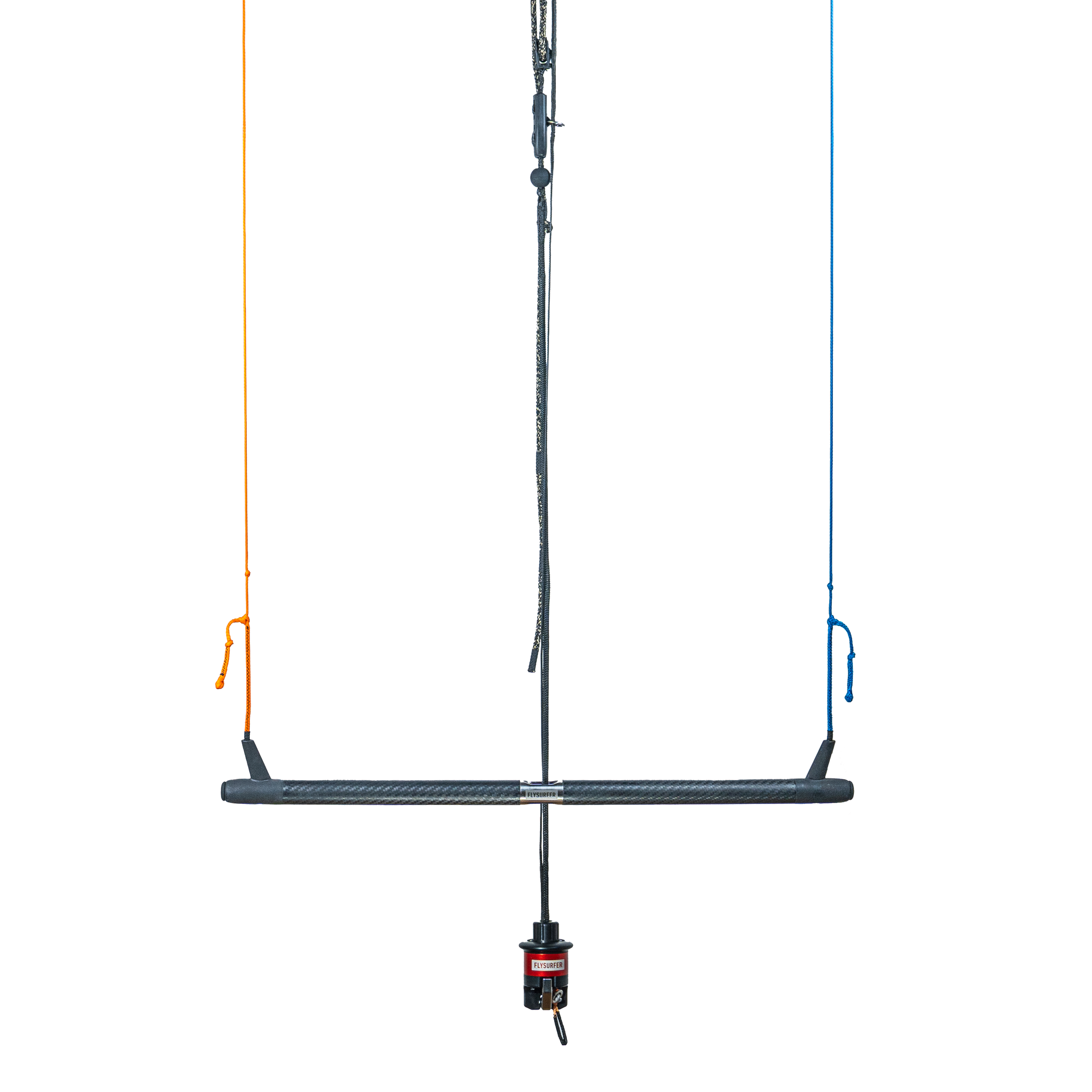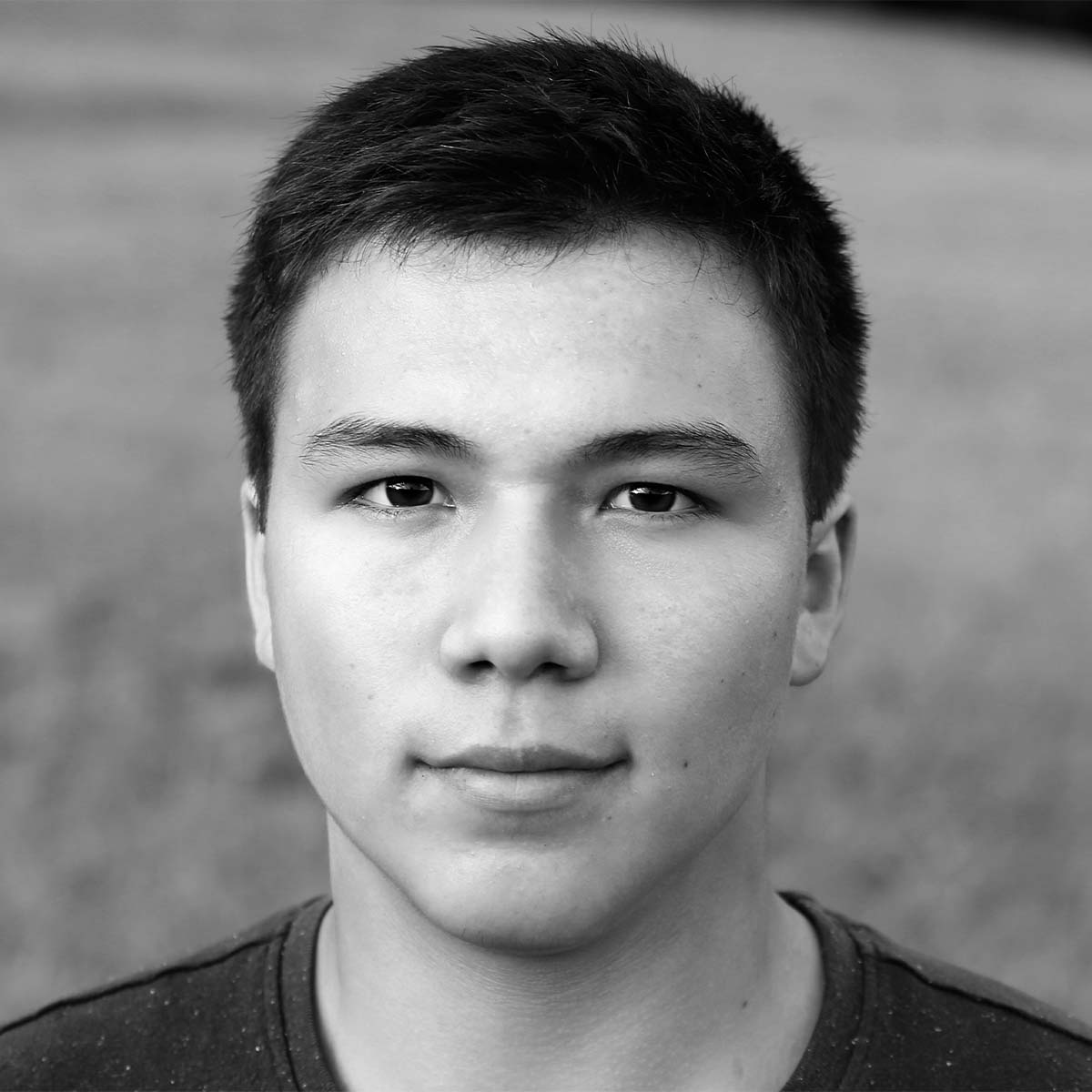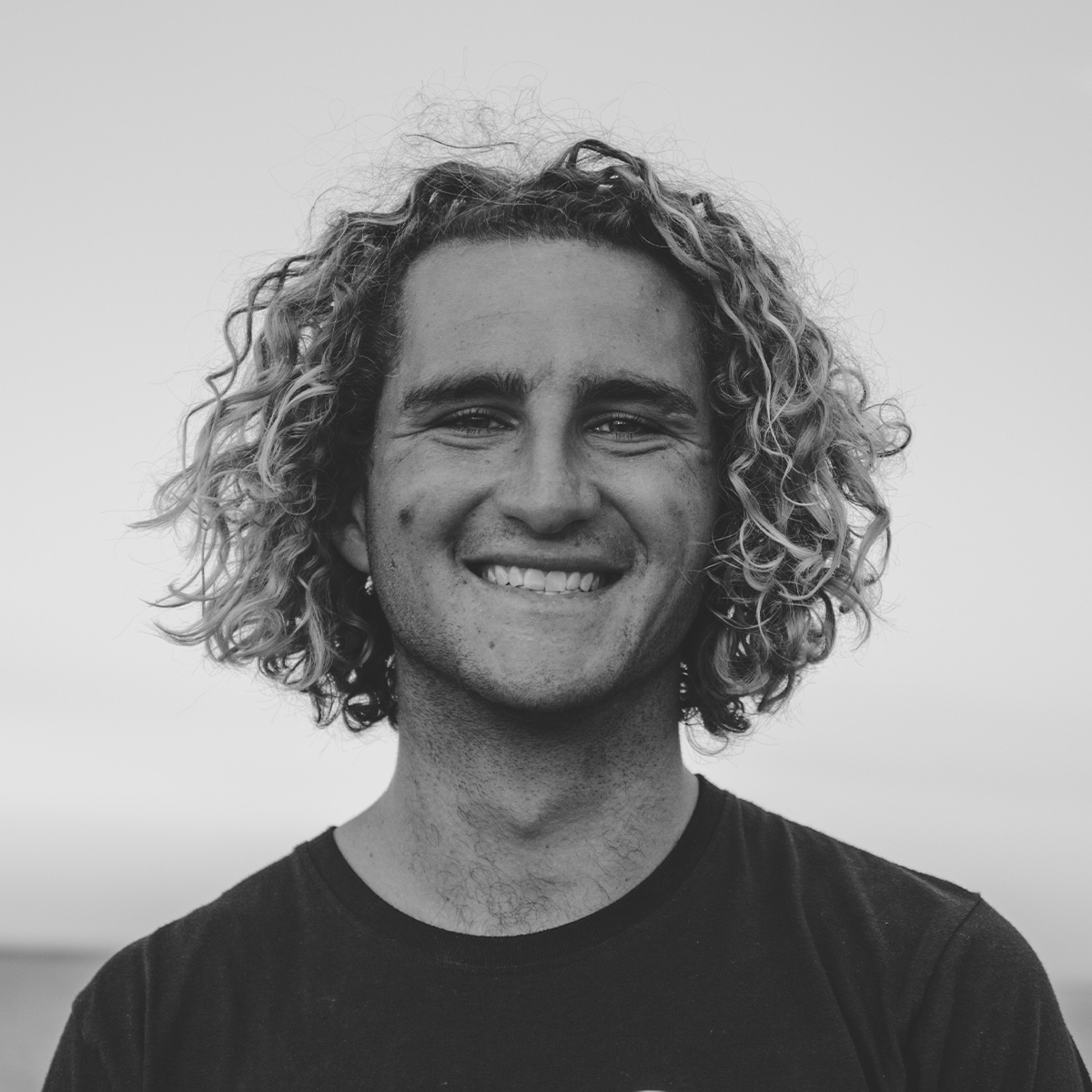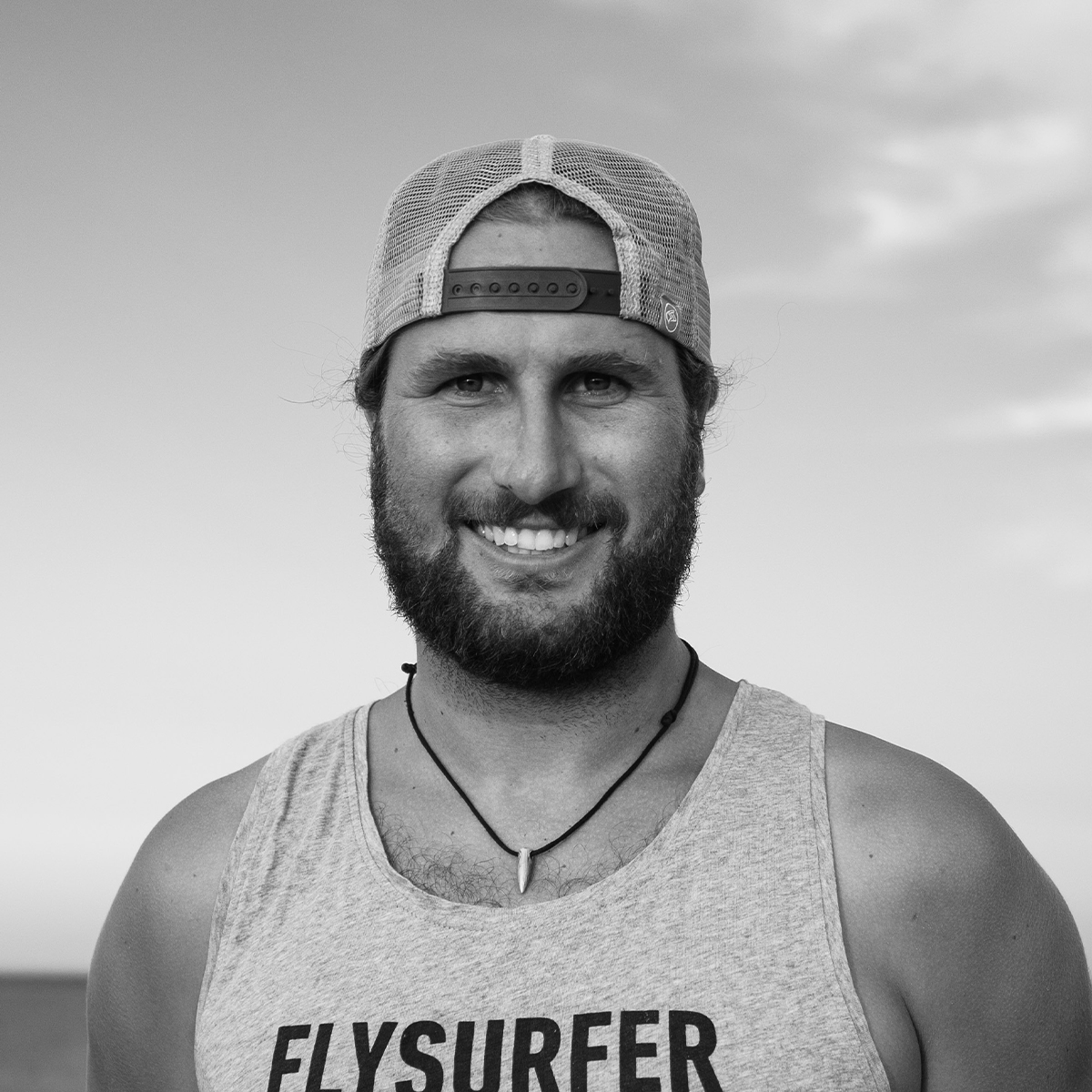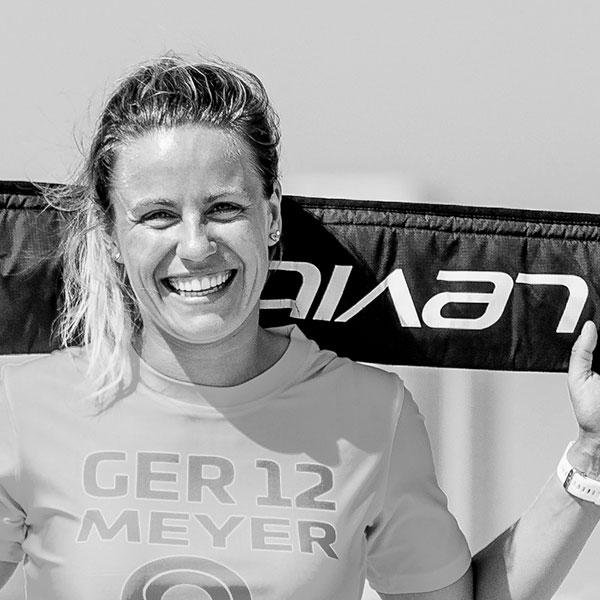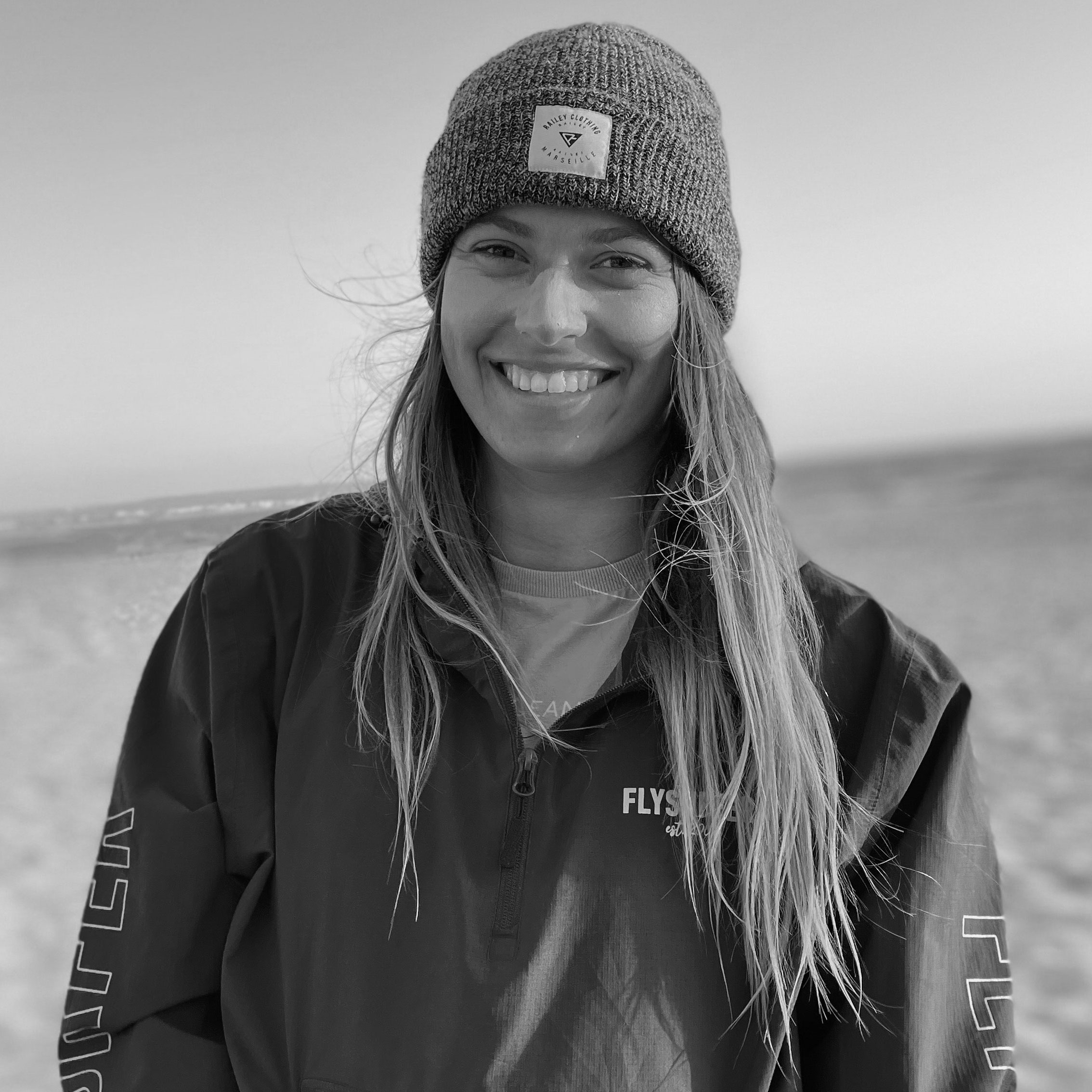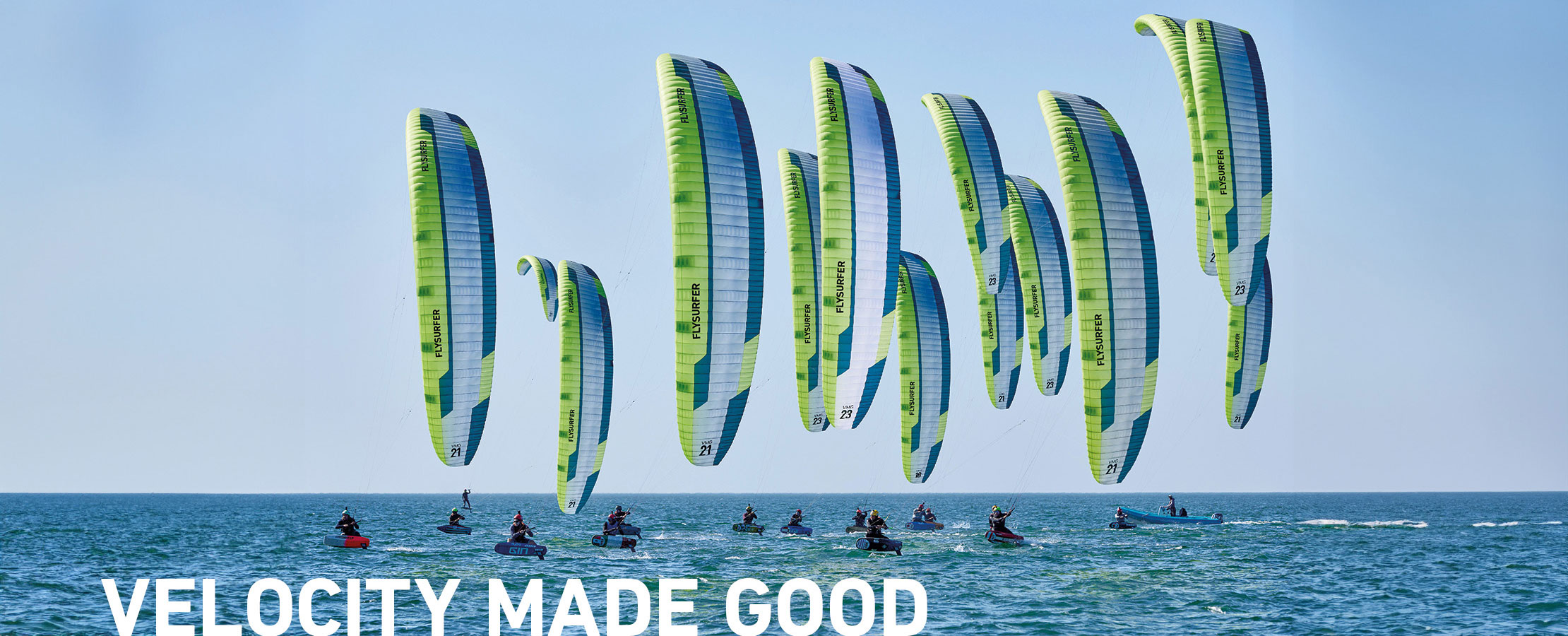
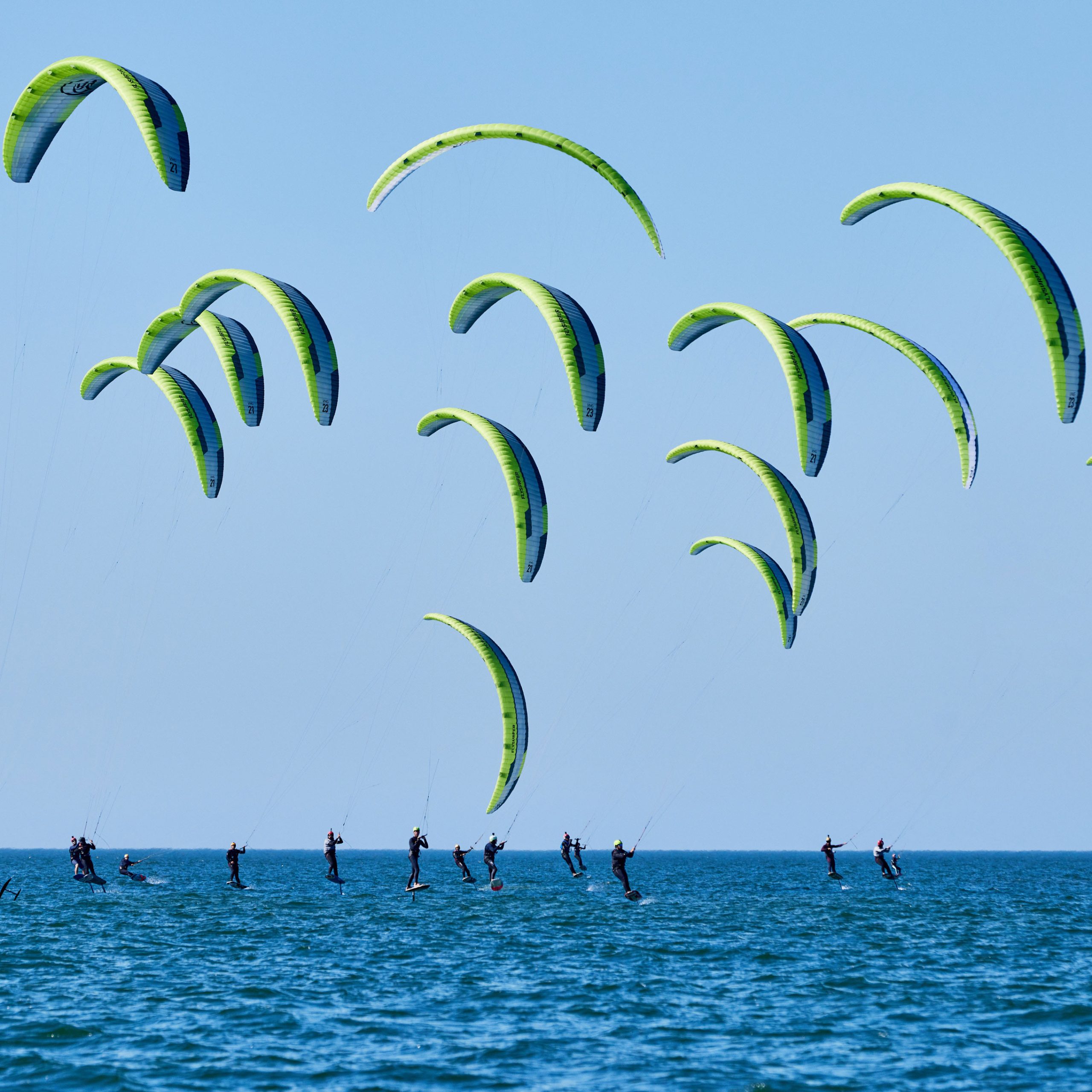
Velocity made good
The history of VMG
Velocity made good
We have been driving the technical development of kite sports for over two decades, and groundbreaking innovations and clear convictions characterize FLYSURFER. The VMG is the pinnacle of foil kite design and revolutionizes hydrofoil racing to become the benchmark in the young Olympic Formula Kite class.
Since its launch in 2020, we have been excited from race to race and are proud of every success of the athletes. The sport and its athletes have evolved and led to increasingly competitive races. We want to strengthen the next generation and develop the class further by supporting future champions with our innovative designs. At FLYSURFER we are just as ambitious as our race team, and together, we offer high-quality equipment developed by World Champions and Olympic winners for competitive sports.
VMG Rider

Daniela Moroz
Welcome to the fastest summer Olympic sport in the history of sailing!
What is the Formula Kite Class?
Every competition format requires a set of rules and a gouverning body. Kitefoil racers follow the Formula Kite Class requirements provided by the International Kiteboarding Association “IKA”, which standardise and control the sport. The IKA Formula Kite Class rules govern the equipment used in kite course racing, also known as “Formula Kite” events. These rules facilitate fair competition among participants of varying weights and sizes using affordable and standardized sailing craft recognized as “Formula Kite”. The objective is to ensure an equal playing field for all competitors.
The IKA runs all official events under the umbrella of World Sailing. The athletes competing in this format represent their nations and can be supported by a sailing federation or require funding from sponsors. The men and women are divided into separate divisions. The classic race course is a windward-leeward race course with a high-speed reach to the finish line. There are various versions of race course layouts, including short-track elimination formats. Every event is listed on kiteclasses.org, where you need to register and follow the registration process.
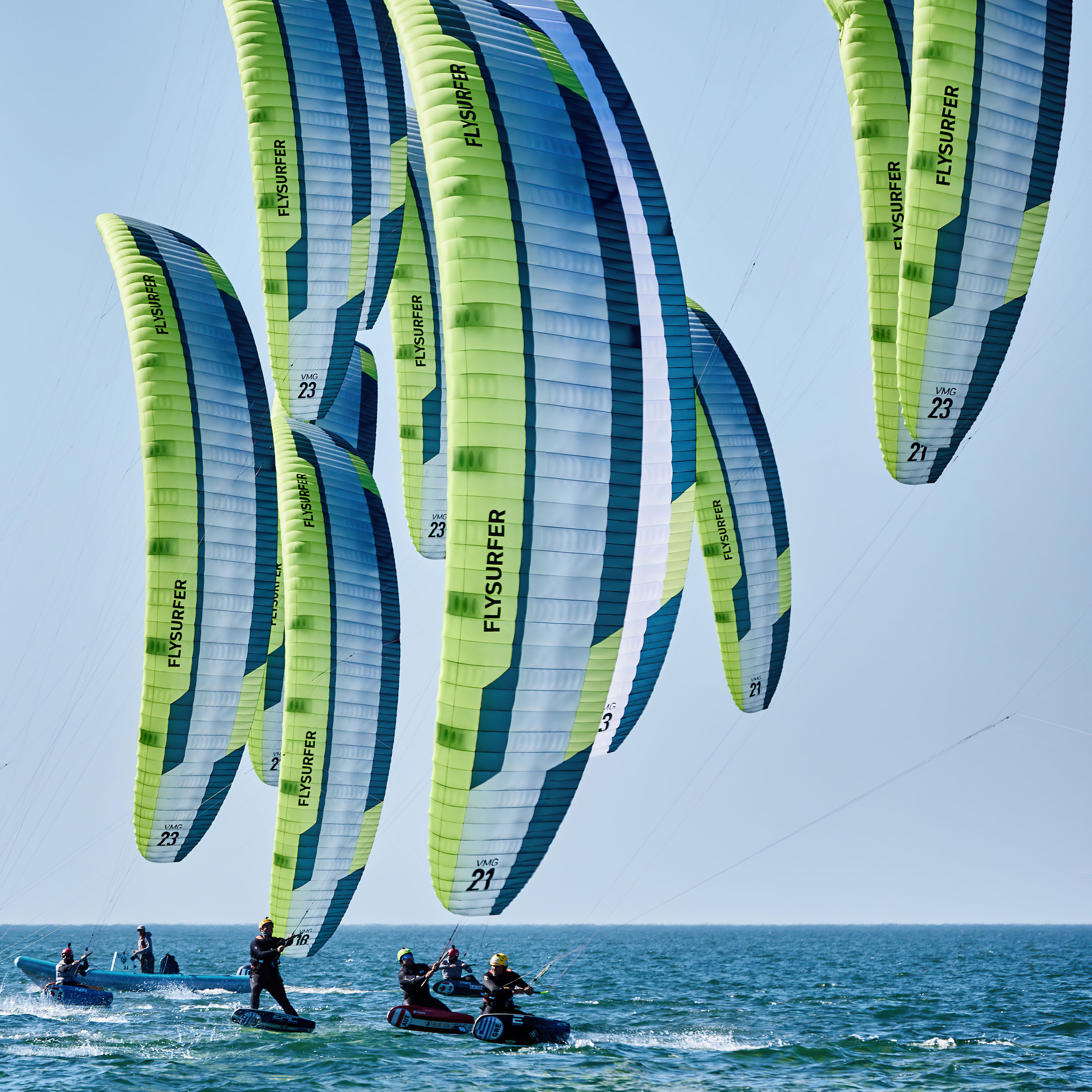
Formula Kite Class
Their rules and tasks

Formula Kite Class
Their rules and tasks
Welcome to the fastest summer Olympic sport in the history of sailing!
What is the Formula Kite Class?
Every competition format requires a set of rules and a gouverning body. Kitefoil racers follow the Formula Kite Class requirements provided by the International Kiteboarding Association “IKA”, which standardise and control the sport. The IKA Formula Kite Class rules govern the equipment used in kite course racing, also known as “Formula Kite” events. These rules facilitate fair competition among participants of varying weights and sizes using affordable and standardized sailing craft recognized as “Formula Kite”. The objective is to ensure an equal playing field for all competitors.
The IKA runs all official events under the umbrella of World Sailing. The athletes competing in this format represent their nations and can be supported by a sailing federation or require funding from sponsors. The men and women are divided into separate divisions. The classic race course is a windward-leeward race course with a high-speed reach to the finish line. There are various versions of race course layouts, including short-track elimination formats. Every event is listed on kiteclasses.org, where you need to register and follow the registration process.
The race format explained
Formula Kite is considered as fleet racing, the most common form of competitive sailing that involves athletes powered by kites, balancing on hydrofoils to race around a course. Fleet racing can be any length of time, with several taking place in a day. Formula Kite races have a target time ranging from 10 to 16 minutes up to six times a day over a week. In kite foil course racing, there are up to 35 competitors in a fleet on the water trying to be the fastest around the “Olympic triangle”. You use a timer during the starting sequence (7-1 min), which means you set a countdown of one minute and position yourself in the best way before the starting signal. You are not allowed to cross the imaginary starting line between a buoy and the committee boat until the green flag goes up.
When it’s “go” time, the fleet goes windward to the top mark, followed by the 1st downwind track, then you need to pass the bottom mark and go upwind again. After the 2nd downwind track you reach over to the finish line. The distance of a race course varies between 1-4 nautical miles. In a classic regatta format, you sail a maximum of 6 races, approximately 100km a day. There are three days of Opening Series, then the top riders advance to the “gold fleet” and compete for the spots in the Semi-finals. The top two advance directly to the grand final with an advantage over the rest.

Racing Storys
Many successful races and competitions once again demonstrate the unrivalled strength and performance of the VMG.

